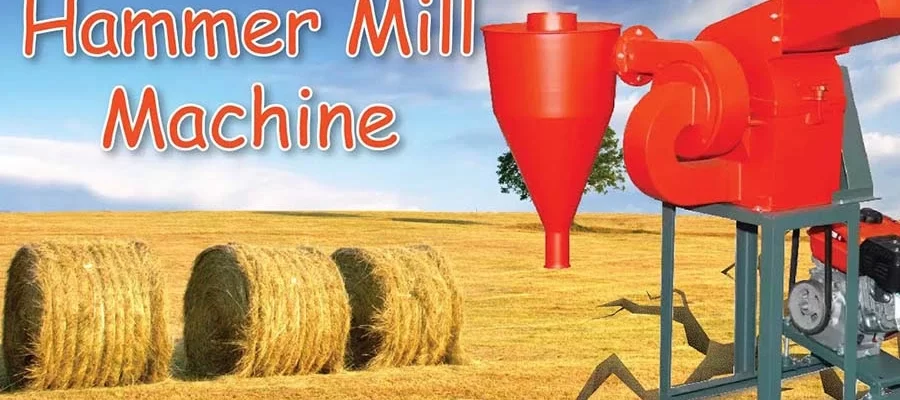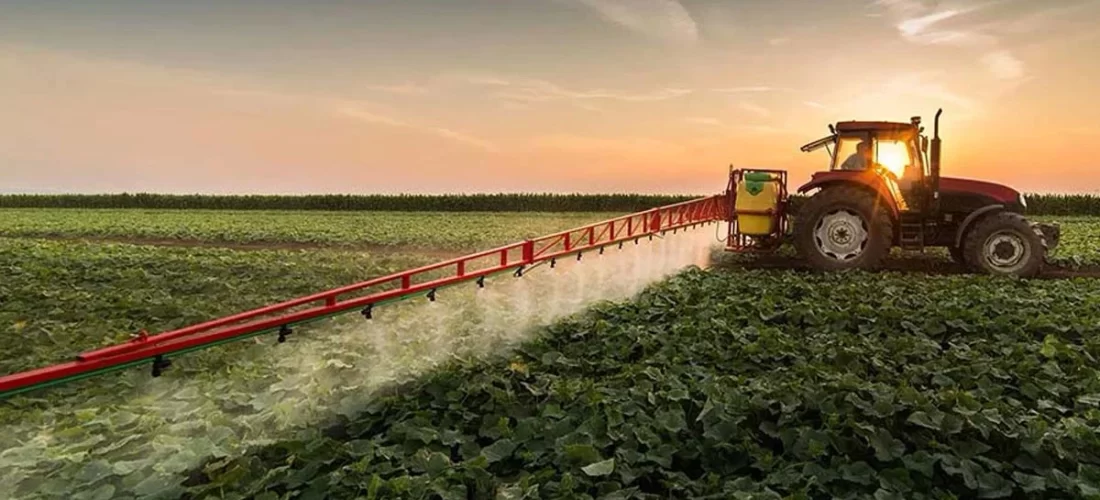
- November 15, 2024
- By: Massey Ferguson Zambia
- in: Agricultural Machinery, Farm Equipment

In the realm of agriculture, efficient water management is crucial for sustaining crops and ensuring productive yields. Among the various tools available to farmers, the water bowser stands out as an indispensable implement. Designed to transport and distribute water efficiently, this equipment plays a pivotal role in enhancing agricultural productivity, particularly in regions characterized by water scarcity or irregular rainfall.
A water bowser, at its core, is a large, mobile tank specifically designed for transporting water. It is typically mounted on a trailer or chassis, allowing it to be towed by tractors or other farm vehicles. The tank is equipped with a pump and hose system, facilitating easy and precise water distribution over vast areas. Depending on the model and manufacturer, water bowsers can vary in capacity, ranging from small units that hold a few hundred liters to large tanks capable of carrying thousands of liters.
The water bowser is crucial for several reasons. Firstly, it addresses the challenge of water scarcity, which is increasingly common in many agricultural regions due to climate change and over-extraction of groundwater. By enabling the transport of water from a source to the fields, water bowsers ensure that crops receive adequate hydration, even during dry spells.
Furthermore, water bowsers contribute significantly to the efficiency of water usage. Instead of relying on inefficient methods such as open channels, which often result in high evaporation and seepage losses, water bowsers deliver water directly to where it is needed. This precision not only conserves water but also ensures that crops receive the exact amount they require, promoting healthier growth and reducing waste.
The design of a water bowser is focused on durability and functionality. Made from robust materials like steel or high-density polyethylene, the tank can withstand harsh environmental conditions and the rigors of daily farm operations. Many models are designed with a low center of gravity to prevent tipping, even on uneven terrain.
Water bowsers are also highly versatile. They can be used for a variety of applications beyond irrigation, such as providing water for livestock, dust suppression on farm roads, and even as an emergency firefighting resource. This adaptability makes them a valuable asset for any agricultural operation.
Recent technological advancements have further enhanced the efficiency and ease of use of water bowsers in Zambia. Modern models may incorporate features such as GPS-guided precision watering systems, which allow farmers to target specific areas of their fields with exact amounts of water. Additionally, automated control systems can manage and monitor water distribution, reducing labor costs and increasing accuracy.
The water bowser’s role in sustainable farming cannot be overstated. By conserving water and ensuring its efficient use, this farm implement supports the principles of sustainable agriculture. It helps farmers adapt to changing climatic conditions and manage their resources better, ultimately contributing to the long-term viability of agricultural enterprises.
The water bowser is more than just a water transport tool; it is a critical element in modern farming strategies aimed at achieving sustainability and resilience. As technology continues to advance, the water bowser will undoubtedly evolve, offering even greater benefits to farmers and playing an integral part in the future of agriculture.

Post a Comment